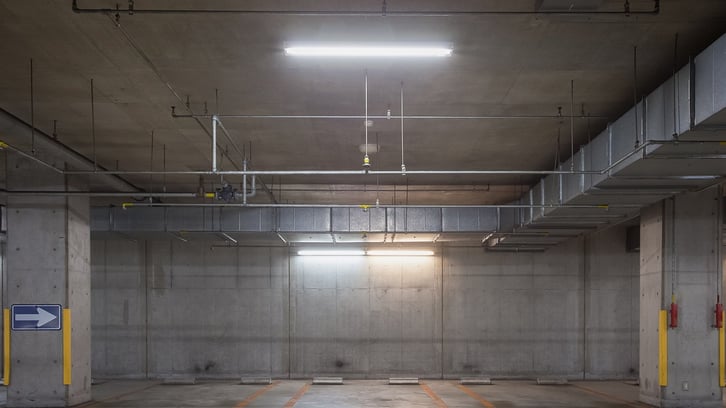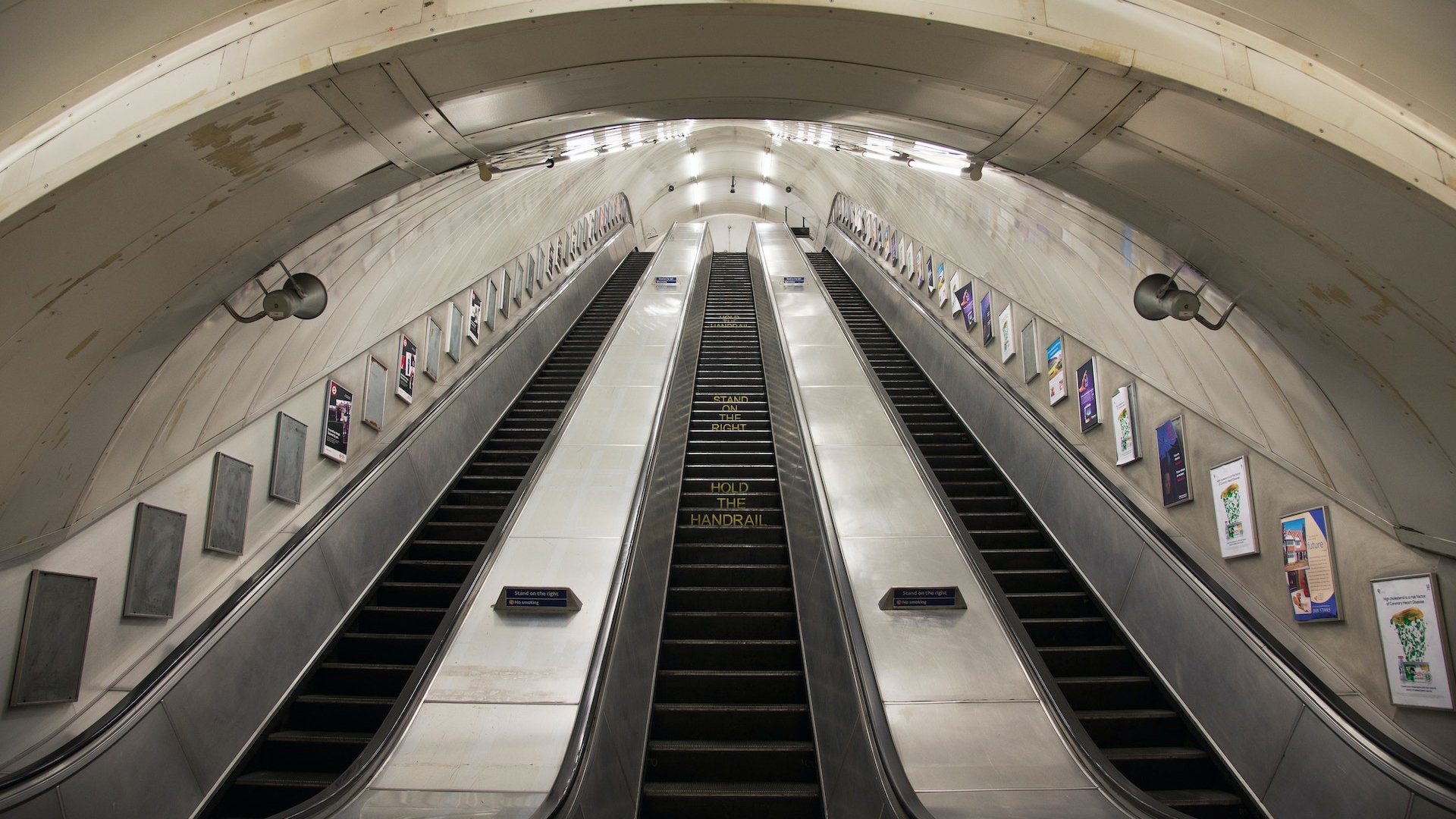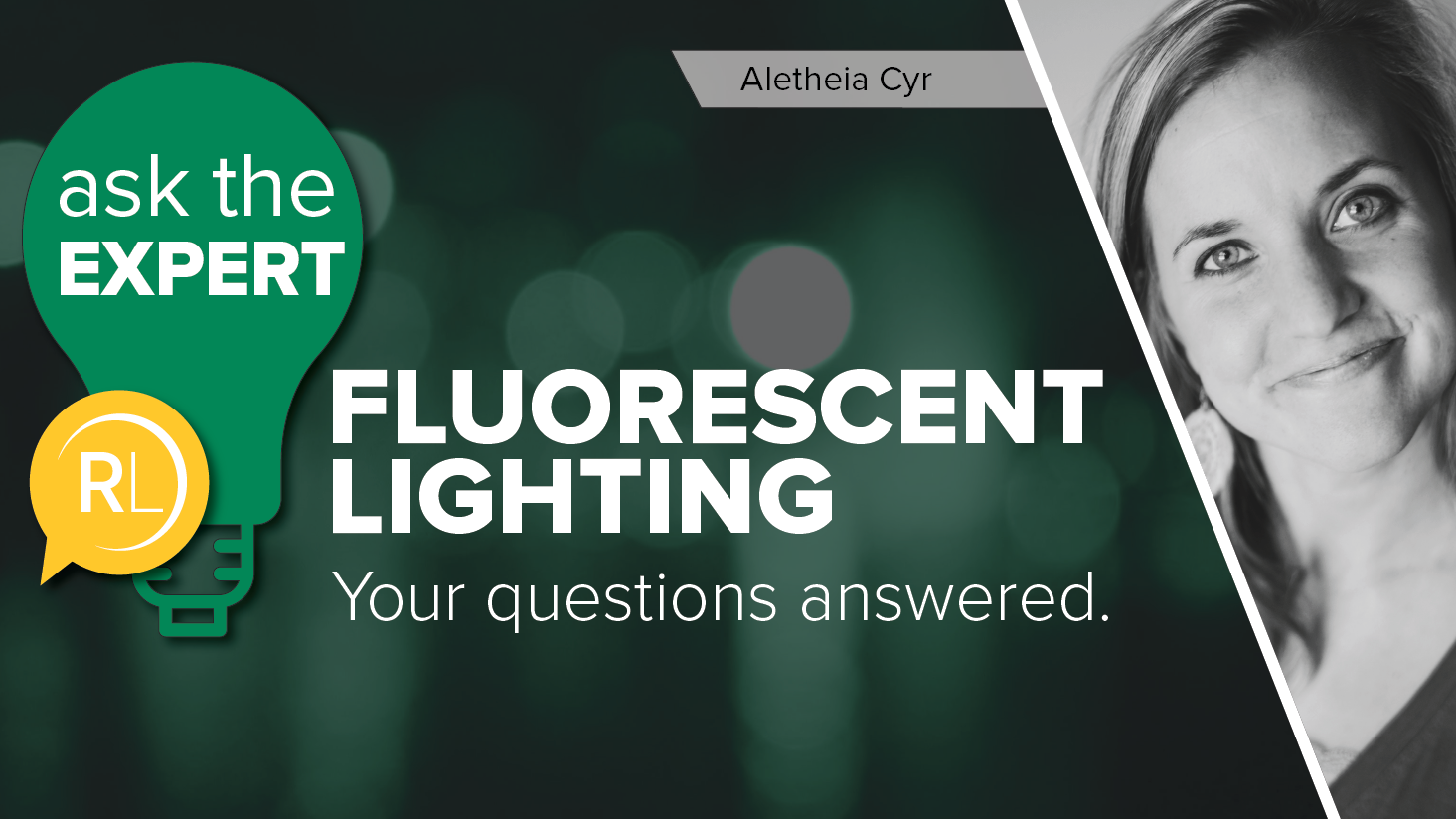What are the different types of ballasts?

Have you ever heard a light bulb buzz?
Technically, no. The buzzing you hear is coming from the ballast, not the bulb itself.
Nerdy lighting technicalities, I know. Ballasts, light bulbs – it's all the same, isn't it?
Well, not exactly. If you need to cover some basics on what a ballast is, try reading this article, “What is a ballast?”
If you’ve already got your ballast basics down, and you’re ready to shop, click here to register your business for discounted pricing.
Magnetic ballasts vs. electronic ballasts
There are two lamp families that work with a ballast: fluorescent and HID. And there are two types of ballasts in each family: magnetic and electronic.
Magnetic ballasts are the older ballast technology. For the fluorescent family, both T12 linear fluorescents and two-pin CFLs use magnetic ballasts. For HIDs, some metal halides and HPS lamps use magnetic ballasts.
Magnetic ballasts are typically the culprit for buzzing and flickering because they regulate electricity incrementally.
Today, most fluorescent and HID lamps operate off an electronic ballast. Electronic ballasts can put out multiple frequencies of electricity without altering the input voltage. This eliminates any flickering and buzzing.
The process for swapping out magnetic ballasts for electronic ballasts is pretty simple and straightforward. This is the direction the lighting industry is headed in, so why not swap them sooner rather than later to optimize your space with better, quieter lighting?
Types of fluorescent ballasts
Fluorescent ballasts use three different types of starting technologies: rapid, instant, and programmed.
Rapid start ballasts
Rapid start ballasts work kind of like preheating an oven. Imagine if an oven was preheated all the time so you could bake cookies at any given moment.
Rapid start ballasts rely on this preheating method so when the light switch is turned on, the lamp turns on right away.
Have you ever hit a light switch and received a strobe light effect? Rapid start ballasts don’t flicker, so you won’t get that disco party effect when you turn the lights on.
There are two drawbacks to rapid start ballasts:
- Rapid start ballasts are not very energy efficient.
- Lamps paired with rapid start ballasts will not reliably turn on if they are in sub 50-degree climates, like a freezer room or outside in cold climates.
Instant start ballasts
Instant start lamps don’t use a preheating method. Instead, they send a high amount of voltage across the lamp upon the strike.
Typically, instant start ballasts use 1.5-2 watts less per lamp than rapid start ballasts. Instant start lamps also start reliably at temperatures as low as zero degrees.
Programmed start ballasts
Programmed start ballasts are typically paired with occupancy or motion sensors. If you turn fluorescent lights on and off repeatedly under short time spans, you’re actually using more energy than if you had left the light on.
Another perk of a programmed start ballast: it maximizes the number of lamp starting cycles while maintaining energy efficiency.
If you have a meeting or break room in your building that’s used frequently, or another area where there are several on-off cycles throughout the day, a programmed start ballast may be the best to pair with your lighting.
Programmed start ballasts are also reliable at low temperatures.
Types of HID ballasts
There are only two types of starting methods for HID ballasts.
Probe start ballasts
Probe start ballasts are the older type and not very easy on the HID lamp. Electrons jump across the arc tube between two operating electrodes. Once the lamp is started the starting probe electrode is removed from the circuit.
But with this starting method, it takes a long time for the lamps to warm up and reach their full brightness. The re-strike period is also much longer.
Pulse start ballasts
Pulse start ballasts don’t use a starting probe electrode. Instead, they use a high voltage igniter that works right alongside the ballast. This technology pulses to start the lamp.
Using a pulse start ballast can actually extend the life of the lamp, so the lumens don’t depreciate as fast. Pulse start ballasts are also more energy efficient than probe start ballasts.
Types of emergency ballasts
Emergency ballasts belong in their own category. Their purpose is to power a lamp at reduced light output for up to 90 minutes.
Also, did you know that most emergency ballasts recharge themselves after each use? It’s a pretty cool feature, but if the ballast is frequently used or at the end of its life, you need to make sure you replace it. The rechargeable battery will eventually no longer hold a charge.
Are you shopping for an emergency ballast? Here are the four questions you need to answer to find the right product:
- What type of lamp is it powering?
- How many lamps is it powering?
- How long does it need to power the lamps?
- Is there a size requirement or constraint for the fixture?
If you have the answers to these four questions, you’ll be able to get your exact emergency ballast.
Still unsure which ballast you need to buy? Our lighting specialists are here to help.
Or if you’re ready to buy, register your business with our online store for discounted pricing.


















